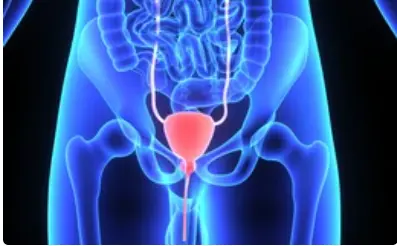 Welcome
Welcome
“May all be happy, may all be healed, may all be at peace and may no one ever suffer."
Hemophilia A - Generics
Hemophilia A is a genetic disorder caused by a deficiency of clotting factor VIII, a protein that is necessary for the blood to clot properly. It is an X-linked recessive disorder, which means it is more common in males than females, and females are usually carriers of the disorder.
The severity of hemophilia A varies depending on the level of clotting factor VIII in the blood. People with severe hemophilia A have less than 1% of the normal level of clotting factor VIII, while those with mild hemophilia A have between 5% and 40% of the normal level. Symptoms of hemophilia A can include bleeding into joints, muscles, and other soft tissues, as well as prolonged bleeding after injuries or surgeries.
There is no cure for hemophilia A, but it can be managed with regular infusions of clotting factor VIII, which helps to prevent bleeding episodes. In some cases, gene therapy may be used to increase the production of clotting factor VIII in the body. Physical therapy and joint replacement surgery may also be necessary to manage joint damage caused by repeated bleeding episodes.
Prevention measures for hemophilia A include genetic counseling for carriers of the disorder and avoiding activities that increase the risk of bleeding, such as contact sports.

Acute lupus erythematosus

Dracunculiasis

Reproductive tract infect...

Restless leg syndrome

Scalp and non-scalp psori...

Pediculosis pubis

Congenital adrenal hyperp...

Intravenous excretory uro...
Hemophilia A, হিমোফিলিয়া এ
To be happy, beautiful, healthy, wealthy, hale and long-lived stay with DM3S.